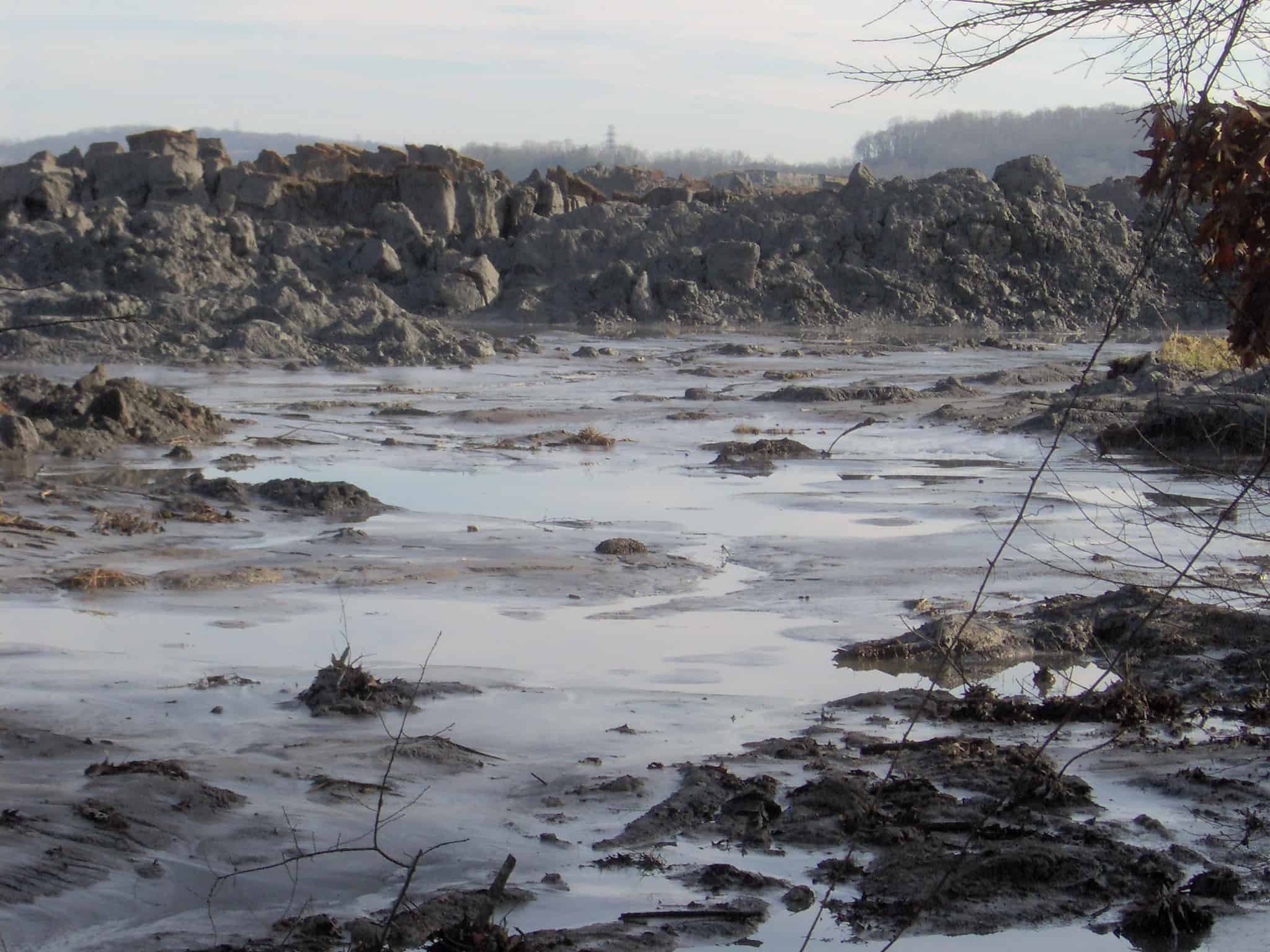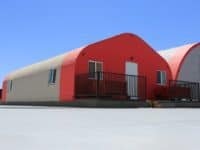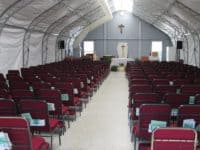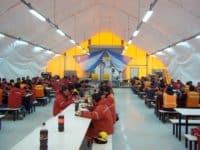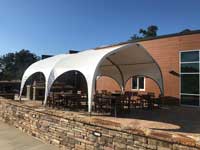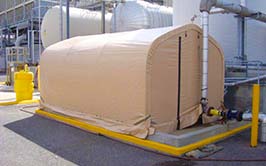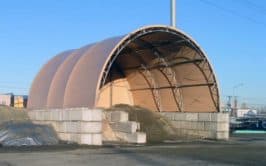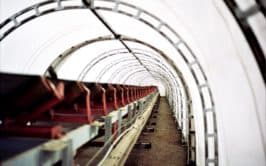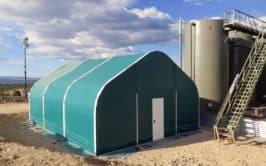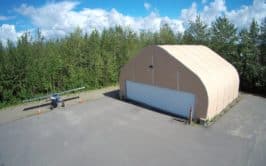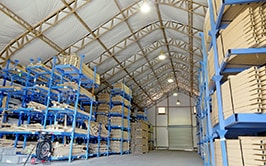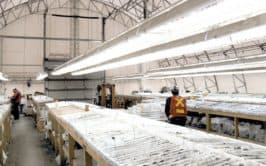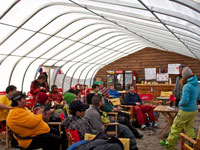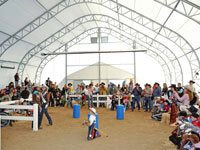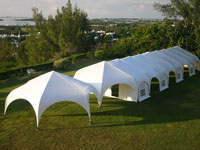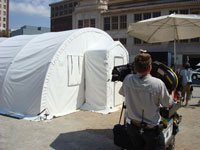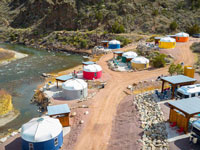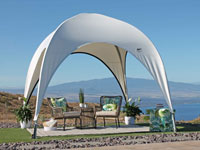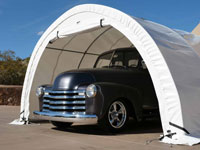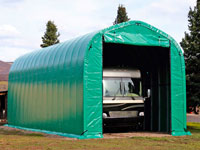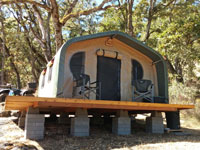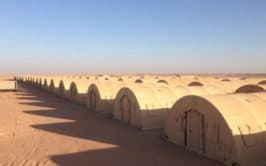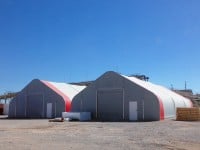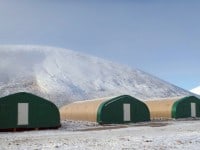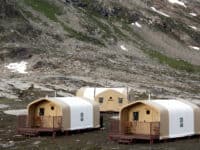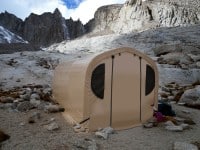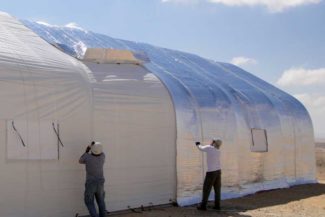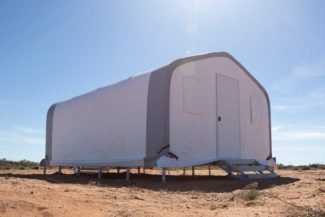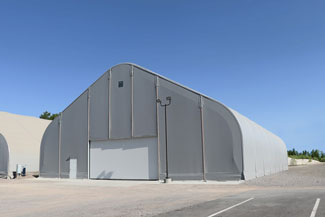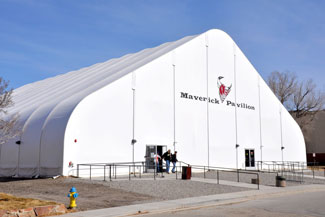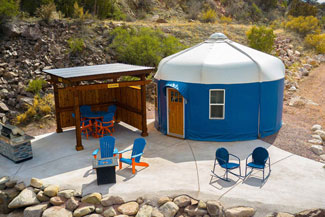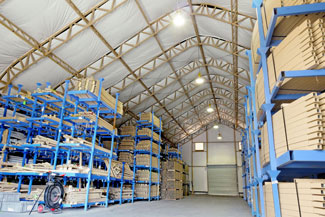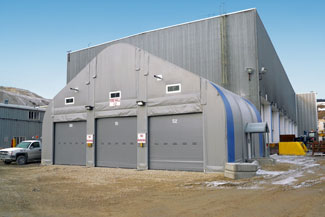Coal is used to generate more than a third of the world’s electricity. The waste product of coal-fired power plants, known as coal combustion residuals (CCR) or “coal ash,” is highly toxic to the environment, wildlife, and nearby communities.
The two methods for disposing of coal ash include using large surface impoundments (open-air ponds) or in dry form in on-site landfills. According to the U.S. Environmental Protection Agency (EPA), there are more than 1,045 active coal ash landfills and surface impoundments in the United States.
Until 2016, electric utilities and independent power producers using coal-fired power plants were largely self-regulated and responsible for their coal ash disposal programs. Commonly known as the “CCR Rule,” the EPA lacked the authority under federal law to enforce a program for properly disposing of coal ash.
Regardless of the politics or finger-pointing between politicians, state and federal agencies, and utility companies, the fact that nearly all coal-burning power plants in the United States have severely contaminated groundwater and nearby communities by improperly disposing of coal ash is of great concern.
In 2008, a large spill near Kingston, Tennessee resulted in 5.4 million cubic yards of coal ash being released into nearby waterways. The Kingston coal ash recovery and remediation project took six years, requiring 900 people working on-site for a total of 6.7-million-man hours and a total cost of nearly $1.2 billion. Annual monitoring for ash-related concentrations of metals in the nearby waterways will continue for 30 years.
Human exposure to coal ash is extremely dangerous. Short-term exposure to coal ash can result in nose and throat irritation, shortness of breath, dizziness, nausea and vomiting. Long-term exposure to coal ash is associated with liver and kidney damage, cardiac arrhythmia, and many types of cancers.
Each year, coal-fired power plants in the U.S. generate 110 million tons of coal ash – the largest solid waste stream produced by the coal industry and the second-largest waste material generated in the U.S. (behind household trash).
For decades, the EPA has refused to define coal ash as hazardous waste. This gained national attention in 2015, following another coal ash spill that occurred the previous year at the Duke Energy Plant in Eden, North Carolina. A storm sewer pipe that ran below the coal ash pond failed, allowing an estimated 50,000 to 82,000 tons of coal ash and 27 million gallons of ash pond water to be released into the nearby Dan River. The state of North Carolina ordered Duke Energy to close its 32 ash ponds by 2029.
So how does the EPA classify coal ash?
In 2015, the EPA created the Coal Ash Disposal Rule, providing technical requirements for coal ash landfills and surface impoundments. However, under immense pressure from the coal and electric utility industry, the EPA classified coal ash as solid waste. The designation as a solid waste allowed for less stringent federal regulation and essentially left the responsibility of enforcing proper disposal to states and utility companies.
In March 2018, a report found that most coal ash ponds in the United States had leaked into nearby groundwater sources. Similarly, elevated levels of toxic pollutants were reported in groundwater sources and at levels that exceeded the safety thresholds established by the EPA.
In addition to coal-fired power plants producing millions of tons of coal ash each year, they are also major producers of carbon dioxide (CO2) – the most important type of heat-trapping greenhouse gas in the atmosphere. CO2 emissions from coal-fired power plants rose last year to a record 9.7 gigatons – an increase of nearly 6.6% from the previous year – and accounted for over 40% of the overall growth in global CO2 emissions in 2021. Last year’s record for CO2 emissions is nearly 100 megatons above the previous peak experienced in 2018.
A 2022 press release from the EPA outlined the agency’s commitment to protecting groundwater from coal ash contamination, recognized that coal ash contains harmful contaminants (mercury, cadmium, arsenic, etc.), and acknowledged how previous efforts (or lack thereof) for disposing of coal ash had affected nearby communities. “I’ve seen firsthand how coal ash contamination can hurt people and communities. Coal ash surface impoundments and landfills must operate and close in a manner that protects public health and the environment,” said EPA Administrator Michael S. Regan.
Under the new regulations announced in 2022, the EPA has required most of the nearly 500 unlined coal ash surface impoundments in the U.S. to stop receiving waste and begin closure. It is also working on a federal permitting program to dispose of coal ash and establish regulations for legacy coal ash ponds.
TRANSITIONING COAL-FIRED POWER PLANTS
For decades, electricity from coal-fired power plants was the cheapest production method. Now, it is cheaper to build a renewable energy facility. “As costs for solar photovoltaic (PV) and onshore wind have fallen, new renewable capacity is not only increasingly cheaper than new fossil fuel-fired capacity but increasingly undercuts the operating costs alone of existing coal-fired power plants,” as reported by the International Renewable Energy Agency (IRENA).
Energy companies considering transitioning from coal-fired power plants have many options, including repurposing their power stations to solar, wind, or green hydrogen sources and battery storage facilities.
The state of Illinois is a great example. Illinois has 16 coal-fired power plants that have contributed to unsafe levels of contamination from coal ash pollution – the highest in the nation. It is followed by many other states with 10 or more coal ash pollution sites. These include Texas, Indiana, Kentucky, Michigan, North Carolina, and Missouri.
Illinois is scheduled to close more than 10 coal-fired power plants this year. These coal power plants will undergo a three-year conversion to solar farms or battery storage facilities for renewable energy.
As the electric utility industry begins transitioning to renewable power plants or renewable energy sources, coal ash cleanup is set to become a multi-billion-dollar industry. The process of converting a coal-fired power plant is not a fast one. It often takes years to complete.
[Related: From Coal to Hydrogen: Understanding the Role of Engineered Fabric Structures]
COAL ASH CLEANUP: CLEAN CLOSURE vs. CAP-IN-PLACE
After coal power plants close or transition to renewable energy sources, what happens to all the legacy coal ash waste?
Storing coal ash in large storage ponds is unfavorable. The potential for contaminants to leak and cause an array of environmental problems is too great, and as described above, when disasters happen – it takes years of extremely costly remediation.
Finding a solution for disposing of and storing coal ash has proved difficult.
On the one hand, you have environmental advocacy groups urging coal ash to be classified as hazardous waste and develop a means of safely storing the material in a way that limits health and environmental risks. Scientists and engineers are trying to find cost-effective ways to treat coal ash to remove pollutants and toxic metals. And on the other side, utility companies and the coal industry are trying to find affordable ways of using coal ash as a material in other products.
As more and more states mandate the closure of coal ash ponds, coal ash is finding its way into many materials and products, such as concrete, gypsum (wallboard), ceiling tiles, carpet backing, and topsoil. To date, about half of the coal ash produced in the U.S. is recycled for other applications.
For the remaining portion of coal ash that isn’t recycled, two primary methods are used for cleanup: clean closure and cap-in-place closure. Here’s how the techniques differ:
- Coal Ash Clean Closure: This method involves draining the surface water and removing the coal ash waste from an impoundment to a lined landfill or for reuse.
- Coal Ash Cap-in-Place Closure: This method also involves draining the surface water from the impoundment, but instead of removal, a “cap” is placed over the coal ash.
The coal industry prefers cap-in-place closure because it is a more cost-effective solution, but clean closure is the better overall coal ash cleanup method.
Regrettably, cap-in-place closure doesn’t prevent pollution from contaminating groundwater. Natural disasters can cause floods that cause caps to fail, which is harmful to the environment. When a cap-in-place closure fails, it exposes coal ash pond waste to the surrounding environment.
Coal ash clean closure is essential to avoid further groundwater contamination and protect nearby communities, wildlife, and the environment. A study comparing cap-in-place cleanup and clean closure found significantly higher economic benefits when coal ash is removed from leaking impoundments, and local communities are included in the redevelopment planning processes.
FABRIC STRUCTURES FOR COAL ASH CLEANUP AND ENVIRONMENTAL REMEDIATION
Fabric structures are a popular choice for coal power plants, energy, utility, or remediation companies tasked with restoring coal ash sites to their natural condition or removing contaminants for future use. They can be delivered and quickly installed on virtually any level surface in a fraction of the time it takes to construct a metal building.
Engineered fabric buildings, like those from Alaska Structures®, are designed to meet area-specific wind and snow loads required by local codes or the International Building Code (IBC) to provide an unmatched level of safety and durability. The high-strength metal frames and optional powder-coating will protect equipment, work crews, ash ponds, excavation areas, or coal ash piles from adverse weather conditions.
Available in any size, engineered fabric buildings from Alaska Structures are used for many coal ash cleanup and environmental remediation purposes. Containment structures are the most popular application for fabric buildings on coal ash cleanup sites. Used to enclose coal ash piles and prevent contaminated particles from rain-associated runoff and fugitive dust mitigation, our containment structures feature an open-span design for maximum use of the interior space. Optional ventilation systems allow for the safe use of loaders and other excavation or processing equipment inside the fabric building.
Fabric buildings are quickly taken down and can be relocated as the needs of the coal ash cleanup project change or move as site work progresses. This is not possible with traditional building construction and is both timely and costly for metal buildings.
Once installed, our containment structures are virtually maintenance-free. The tensioned fabric membrane is UV-stabilized (not coated) to offer superior durability and prolonged use in a location with high solar loads, will not rot, is mold and mildew resistant, is chemically inert, and can exceed the fire requirements outlined in the California Code of Regulations (CCR) for fabric membrane structures.
Other coal ash cleanup and environmental remediation uses for our engineered fabric structures include:
- Cap-in-place structures to cover coal ash piles and small coal ash ponds
- On-site loading and unloading facilities
- On-site warehousing
- Vehicle and equipment storage facilities
- Maintenance and repair facilities
- Multifunctional facilities for constructing coal ash recycling locations, Duke Energy is building coal ash recycling facilities that can convert coal ash into materials used for concrete production.
CONTACT ALASKA STRUCTURES
Alaska Structures is the world’s leading provider of engineered fabric buildings. Rely on our more than five decades of proven excellence by contacting us today. Use our online form or call us at +1-907-344-1565 to discuss your containment structure or coal ash cleanup project and building requirement.
